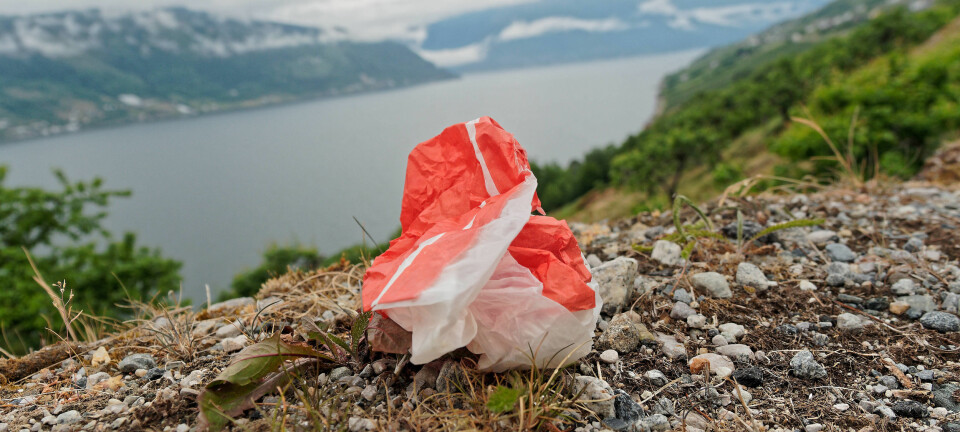
Longyearbyen with 2400 residents releases as much microfiber into the ocean as Vancouver
Synthetic outdoor clothes and poor wastewater management cause the emissions.
Longyearbyen is a small town of 2400 residents on Spitsbergen Island in Norway’s Svalbard archipelago.
Vancouver is one of Canada’s largest cities.
Researchers from the Norwegian Institute for Air Research, Akvaplan-niva, and the Institute of Marine Research studied the amounts of microfibers in the wastewater in Longyearbyen.
The amounts of emissions from Longyearbyen “were found to be similar to those reported for a secondary wastewater treatment plant in the densely populated city of Vancouver, Canada, serving a population of 1.3 million people”, they write in their recently published study.
This Canadian wastewater treatment plant had a retention capacity of up to 99 per cent.
In Longyearbyen, the wastewater is more or less released straight into the ocean.
“Our study shows that small settlements, housing only a few thousand people, can introduce billions of microfiber particles annually”, the researchers write.
Poor wastewater treatment
The researchers have studied Adventsfjorden, near the settlement of Longyearbyen.
Most large cities, like Vancouver, have treatment plants that can prevent much of the release of for instance microfibers.
That wastewater is not treated properly is true for large parts of Norway, particularly in the Northern parts of the country and in Svalbard, according to the researchers.
Claudia Halsband from Akvaplan-niva says to the Norwegian broadcaster NRK that the researchers are worried that fish and other organisms may ingest microfibers. She says that the potential for damage in this arctic environment is high.
Microfibers from your fleece jacket
Besides not having a system for wastewater treatment, the people of Longyearbyen wear outdoor clothing that release a lot of microfibers and microplastics when being washed.
A lot of the tiny fibers travel through the drain and into the ocean.
“These clothes are usually synthetic, for instance fleece. We know that this contributes to the release of large amounts of microfibers”, says Jan Sundet from the Institute of Marine Research, to NRK.
The researchers have studied fibers that are as large as five millimeters and come from clothes made by synthetic fabrics like acrylic and polyester.
Data from the study show that every inhabitant in Longyearbyen annualy sends about 7,5 million tiny microfibers into the ocean.
According to Sundet it’s difficult to know what the consequences of these emissions are, as there is very little documentation available.
Halsband however points out that what we do know is that these types of plastics and fibers take a long time to break down.
“A lot of the industries in the North depend on a healthy ecosystem in the ocean. We have reason to worry about the emissions”, she says.
The researchers hope their study can contribute to an increased focus on the need for better infrastructure in smaller communities, particularly in vulnerable areas of the world, like the Arctic.
New treatment plan on the way
Senior engineer in Longyearbyen Ola Toftdahl tells NRK that the town is about to update their treatment plant. Already this fall more particles will be stopped from reaching the Adventfjord.
However, the particles that now will be stopped, are larger than the microfibers the reesarchers studied.
A new wastewater plant would be a step in the right direction, the researchers say.


































